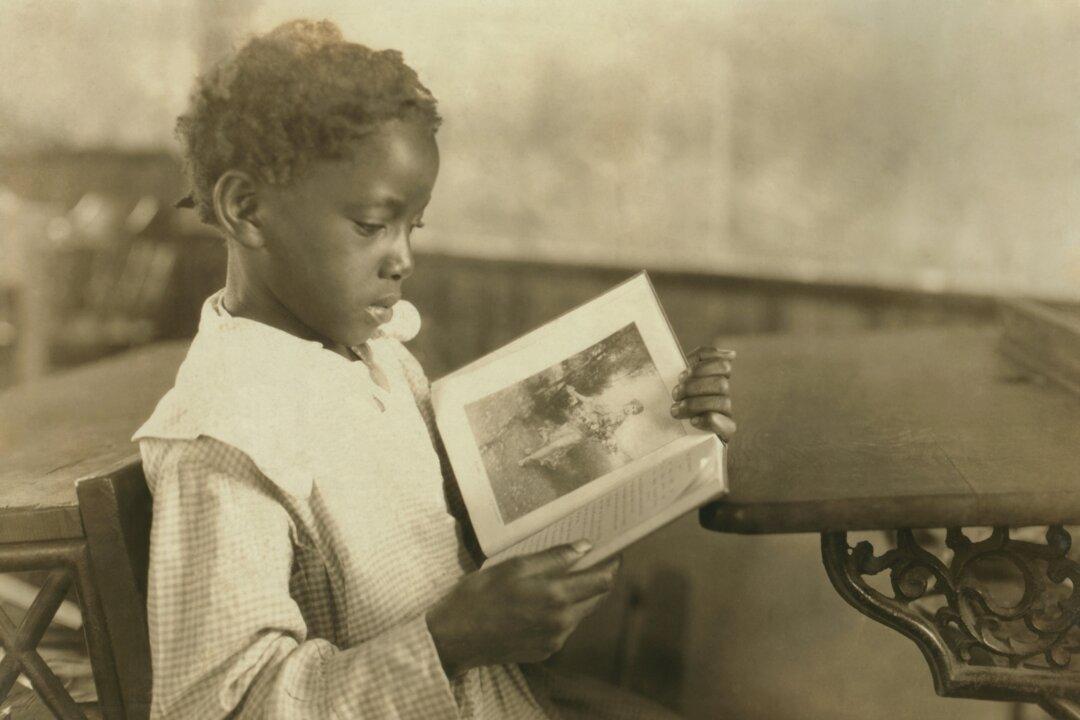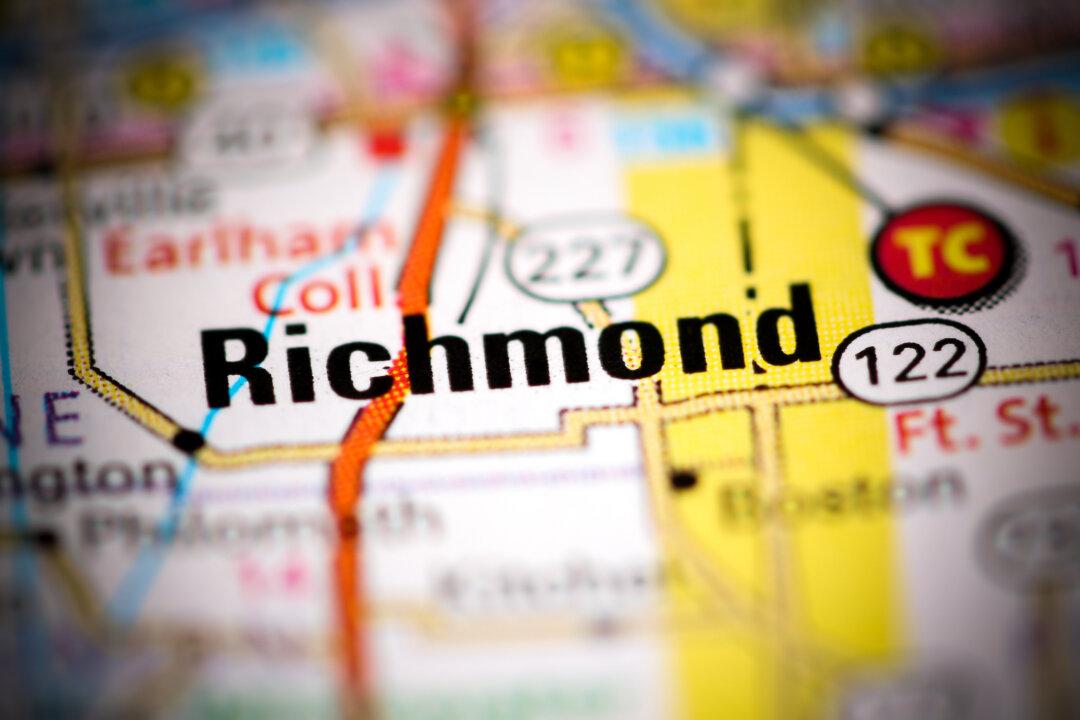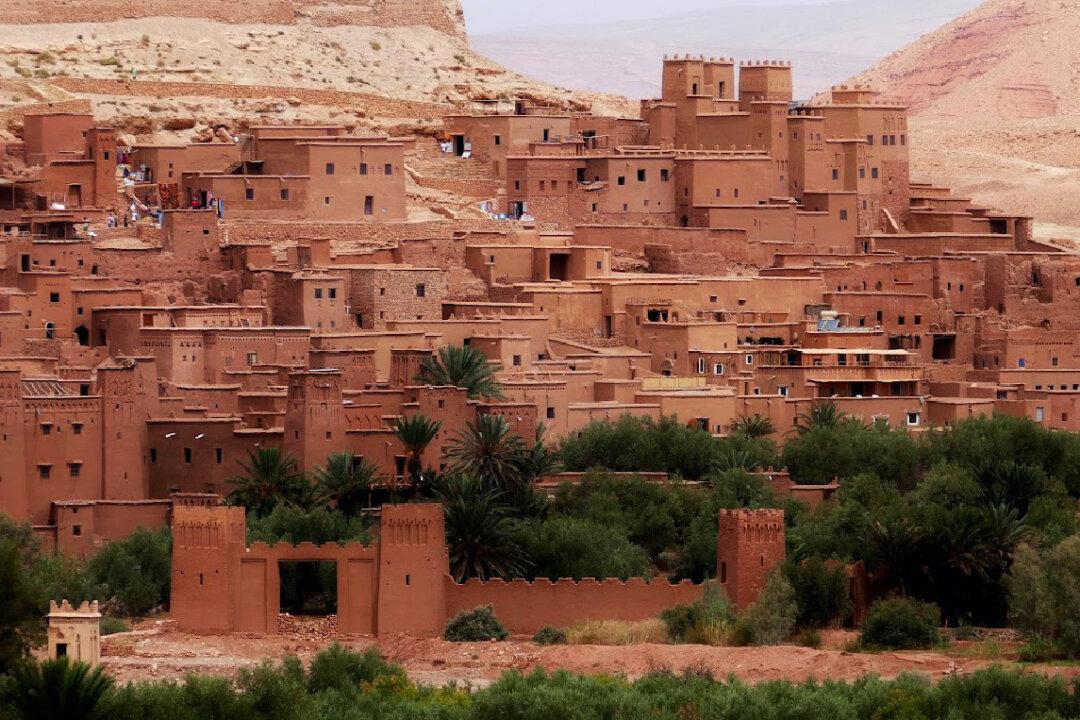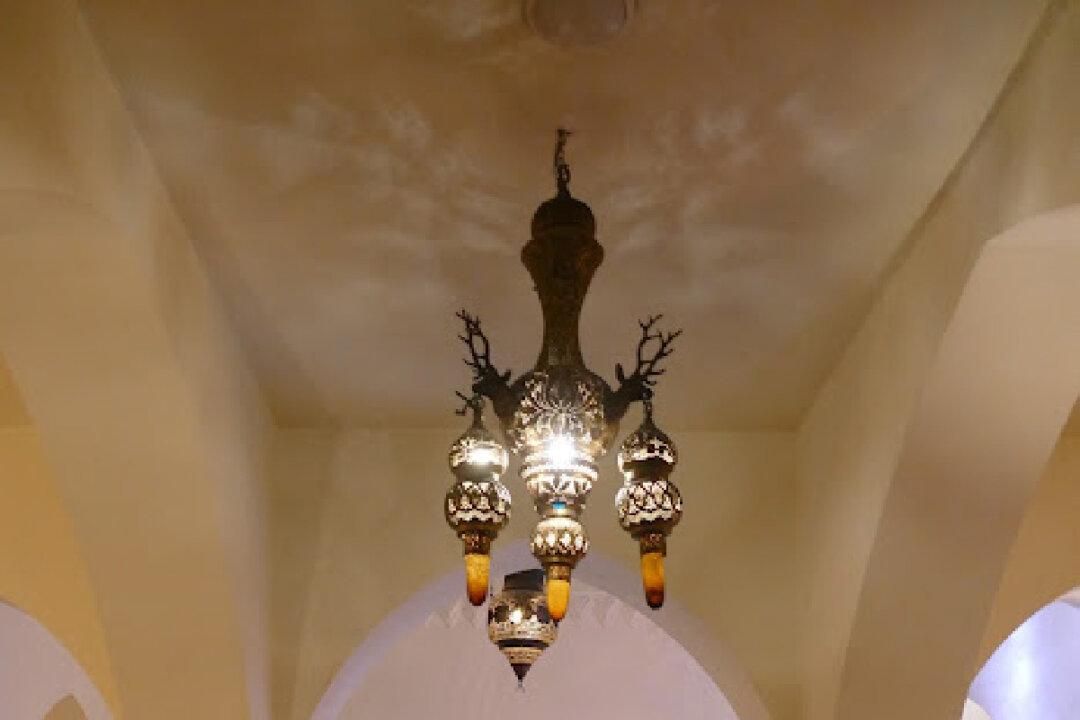By Glenda Winders
“Variety” is the word that jumps to mind when I look back on our recent visit to Morocco. Before the trip my husband and I had visions of unrelenting desert and people riding camels as their major source of transportation. Those elements are there, too, but so are colors and flavors and sounds -- and everywhere exquisite craftsmanship in architecture and design. Roman ruins sit next to modern buildings and windmills whirl out clean energy next to the crowded ancient Medina -- the old city.





